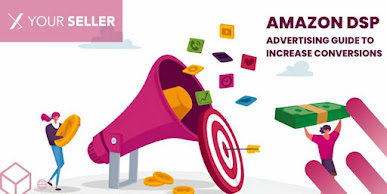Choosing the right Amazon product listing service can be a daunting task for many sellers. The process is crucial because the success of your products on Amazon heavily depends on how well they are listed. An effective listing service can significantly enhance your product visibility, attract more customers, and ultimately boost your sales. Here’s a guide to help you navigate through the process and make an informed decision.
1. Assess Your Needs: Before diving into the search, identify what you need from a listing service provider. Do you require help with product descriptions, keyword research, or image optimization? Knowing your needs will narrow down your options and ensure you select a service that matches your requirements.
2. Research Potential Providers: Look for service providers with a proven track record in Amazon listing optimization. Read reviews, check their portfolio, and ask for references. Reliable providers will have a history of helping sellers achieve better rankings and increased sales.
3. Consider Their Expertise: Expertise in your specific product category is crucial. A provider with experience in listing similar products will have a better understanding of what works best in that niche. They can tailor their strategies to align with industry-specific trends and customer preferences.
4. Evaluate Their Services: Not all listing services are created equal. Some may offer comprehensive packages, including SEO, copywriting, and image enhancement, while others might focus on specific areas. Ensure the provider offers the services you need to optimize your listings effectively.
5. Check Their Communication: Effective communication is key to a successful partnership. Choose a provider who is responsive, transparent, and willing to keep you updated throughout the process. Good communication ensures your listings are accurately represented and any necessary adjustments are made promptly.
6. Compare Pricing: While cost shouldn’t be the only factor, it’s important to find a service that fits within your budget. Compare pricing structures and ensure there are no hidden fees. The cheapest option isn’t always the best; focus on the value and return on investment the provider can offer.
7. Look for Scalability: As your business grows, your listing needs may change. Choose a provider capable of scaling their services to match your evolving requirements. A scalable service will support your growth without compromising on quality.
8. Review Their Technology: Modern listing service providers utilize advanced tools and software to enhance their services. Ensure the provider you choose uses up-to-date technology for keyword research, listing optimization, and performance tracking. This will ensure your listings are competitive and effective.
In conclusion, selecting the right Amazon product listing service provider involves careful consideration of your needs, thorough research, and evaluation of potential partners. By following these steps, you can find a provider that not only meets but exceeds your expectations, leading to better product visibility and increased sales on Amazon.
For more detailed insights, visit here.







.webp)